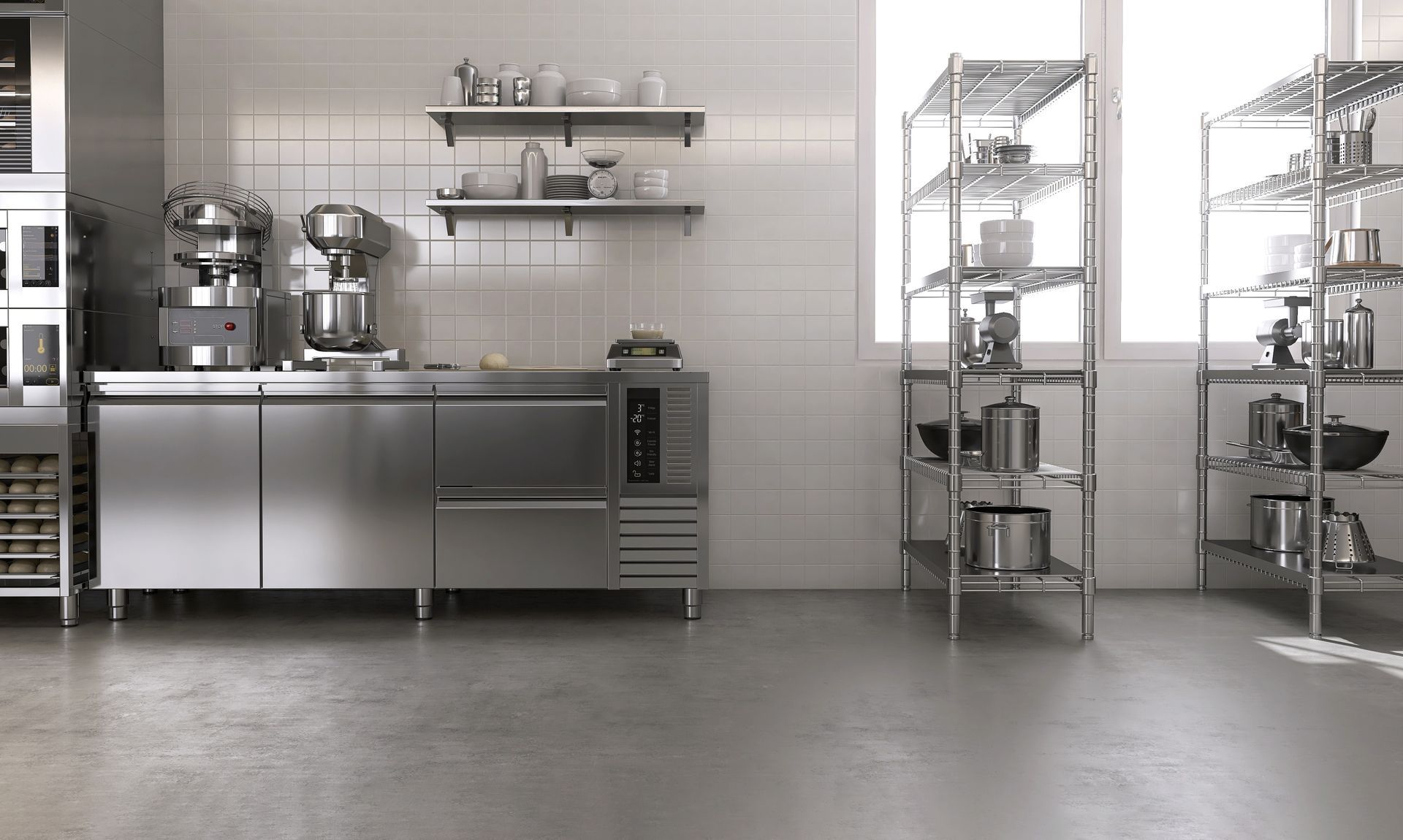The Chemistry Behind FOG Buildup in Pipes and Sewers

Fats, oils and grease (FOG) enters wastewater from fryers, dish sinks and floor drains. Some of it goes down drains as emulsified oil, but most travels downstream in the form of dispersed droplets or thin surface films.
Once in the pipe network, those substances undergo a series of changes. What starts as liquid waste solidifies—sometimes gradually, sometimes aggressively.
Water temperature tends to be the variable most people focus on, but it’s not always the most important factor.
The real driver is a chemical process that turns cooking grease into dense, pipe-clogging solids.
What Actually Causes Grease to Harden
As wastewater moves downstream, the triglycerides in oils and fats begin to break apart. This breakdown can happen due to heat, agitation, enzymatic activity or microbial action. When the triglycerides separate, they yield glycerol and free fatty acids (FFAs). These FFAs are highly reactive, especially in the presence of metal ions like calcium (Ca²⁺), which are commonly found in hard water and in concrete pipe infrastructure.
When FFAs encounter calcium in the sewer environment, a reaction known as saponification takes place. This forms calcium-based fatty acid salts, which are essentially dense, soap-like solids that don’t dissolve in water.
These solids stick to the interior surfaces of sewer lines, grease interceptors and drain piping. This isn’t your average food waste residue. It’s a chemical deposit that bonds to the structure and hardens over time.
In larger sewer systems, this process can lead to the formation of massive accumulations—the much-dreaded fatbergs. The problem for food service business owners is that a smaller version of fatbergs can form in commercial kitchen lateral lines, and lead to costly maintenance issues that you, not the city, will be responsible for fixing.
Why Some Foods Lead to More Buildup Than Others
The speed and severity of solid FOG formation varies significantly based on the type of grease discharged. Fats that contain a higher proportion of saturated fatty acids, like those found in lard, tallow, bacon grease or butter, are more prone to forming hard solids through saponification. These molecules are more chemically stable and tend to solidify quickly as they cool or react.
By contrast, oils higher in unsaturated fats, like vegetable oils, remain more fluid at lower temperatures and are less likely to form hard deposits immediately. But under repeated heating, those oils degrade, releasing more FFAs and becoming more reactive. Reused frying oil is especially prone to this breakdown, meaning deep-frying operations can produce more chemical load even if the oil appears clean at surface level.
Mixed dishes, like cream-based sauces, gravies or pan drippings, also introduce combinations of fats that accelerate breakdown and FFA release.
Environmental Conditions That Accelerate Buildup
Certain physical conditions in and around the drain system also influence how fast and how severely grease solidifies:
- High calcium content in water: Facilities served by hard water sources, or those with concrete interceptor tanks and pipes, introduce more calcium ions into the system. That accelerates saponification.
- Low-flow plumbing zones: In underused lines or poorly graded piping, water slows down and gives grease more time to settle and react.
- Rapid cooling: As hot grease meets colder pipe walls or drain segments, it thickens and becomes more adhesive.
- Pipe roughness and surface texture: Older or corroded pipes offer more surface area for deposits to latch onto.
- Presence of solids: Particulates and debris provide physical surfaces that help grease build up in layers.
These conditions compound quickly. Once an initial layer of calcium soap forms, it creates a sticky base for more FOG and waste to accumulate. Buildup is exponential, not linear.
Why These Deposits Are So Difficult to Remove
Once FOG solidifies through chemical bonding, it becomes extremely difficult to clean. Pressure washing may dislodge outer layers, but the base layer often remains bonded to pipe walls. Heat isn’t always effective either, especially if the deposit contains high levels of saturated fat or mineral binding.
In grease interceptors, these hardened deposits can reduce the system’s working volume and disrupt flow. In lateral pipes, they constrict capacity and cause partial blockages. Over time, they may lead to full backups or premature pipe failure. Removal often requires hydrojetting or even mechanical cutting, especially in older sewer lines.
FOG Buildup Can Often Be Prevented With Proper Grease Interceptor Maintenance in Atlanta
Trap maintenance schedules that rely strictly on grease depth may underestimate risk, especially in kitchens with high-saturation fats or frequent fryer use. A facility may stay within the 25 Percent Rule but still be generating deposits downstream if FFAs are breaking free and reacting with calcium further along the system.
Southern Green Industries can help you determine an ideal cleaning schedule. Call us at (404) 419-6887 for a free quote and discuss your business’s FOG needs with an expert.
Recent Blog Posts
Contact us Today for a FREE Quote
We are committed to making grease trap cleaning and fryer oil recycling as clean and easy as possible. If you’d like to learn more about our services or get a quote, give us a call at (404) 419-6887.



